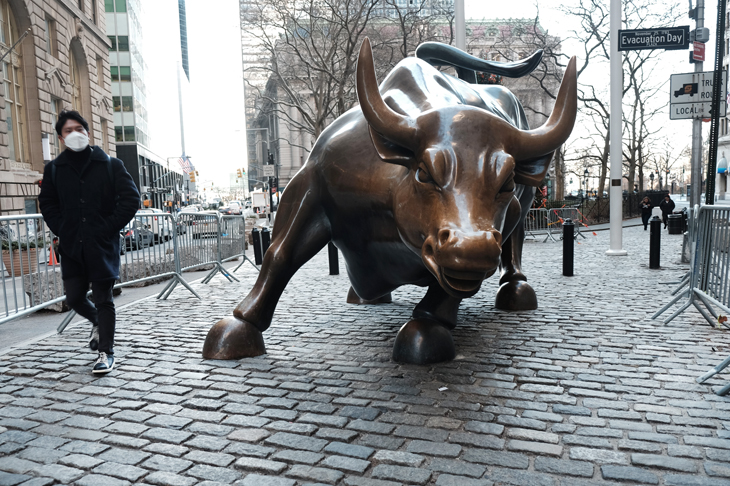Kim Beazley called it the ‘fully imported lorry of lies’. The then-deputy prime minister was referring to a Mazda made in Japan that opposition leader John Howard named the ‘debt truck’. Ahead of the 1996 election, the mobile billboard was designed to stir alarm about Australia’s swelling foreign debt.
When the truck appeared in the spring of 1995, Australia’s net foreign debt – what Australians owe foreigners minus the inverse – stood at $186 billion.
Already a subscriber? Log in
Subscribe for just $2 a week
Try a month of The Spectator Australia absolutely free and without commitment. Not only that but – if you choose to continue – you’ll pay just $2 a week for your first year.
- Unlimited access to spectator.com.au and app
- The weekly edition on the Spectator Australia app
- Spectator podcasts and newsletters
- Full access to spectator.co.uk
Or
Unlock this article
You might disagree with half of it, but you’ll enjoy reading all of it. Try your first month for free, then just $2 a week for the remainder of your first year.














Comments
Don't miss out
Join the conversation with other Spectator Australia readers. Subscribe to leave a comment.
SUBSCRIBEAlready a subscriber? Log in